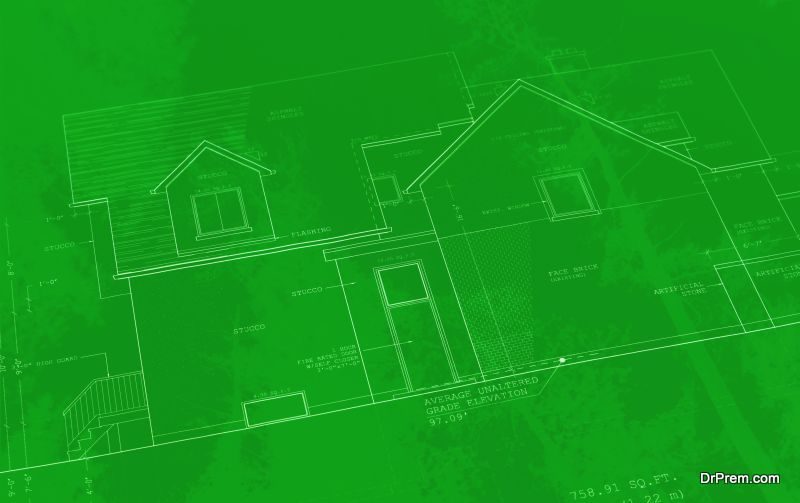The high energy requirements of air conditioning make it notoriously bad for the environment and finding less impactful solutions is a global priority.
Electricity usage in highly populated developed areas, such as New York, soars whenever there is a heatwave and residents reach for the air conditioning controls. It’s costly for the wallets and our world.
Air conditioning units could become as common as mobile phones by 2050 – and already the US uses as much electricity for air conditioning annually as the UK uses in total, according to a recent Guardian newspaper report.
Air conditioning has gradually become a fashionable accessory and is increasingly seen as essential in many nations including our own during the height of summer on humid days.
Here are five things you can implement to make home-based cooling solutions more environmentally friendly:
1. Good design
 The most eco-friendly home cooling solution available to us is better building design that negates the need for air conditioning.
The most eco-friendly home cooling solution available to us is better building design that negates the need for air conditioning.
Keeping homes and buildings cool was once a priority of design, but in more recent years much of that thought has been replaced with an assumption that air conditioning will be built in.
Solar shading, building and room orientation and proper ventilation of homes supports keeping them cool. Basic window screens and blinds and more advanced window tinting systems can also play a part.
Retrospective adjustments to aid cooling and clement temperatures are possible.
2. Heat pump heating and cooling systems
A recent National Infrastructure Commission report said trials of heat pump systems were needed urgently to meet 2050 carbon emission targets in the UK.
Heat pump systems work by transferring naturally occurring heat from the ground, air or a body of water into homes and buildings – and can be used for cooling homes too.
Ground systems circulate water and antifreeze around a pipe system in the ground beside a building and then into a building. Whilst, air pump systems draw heat out of the air to heat air and water in homes. They work even when outdoor temperatures dip to as low as -15°C.
Many systems also include cooling features to bring refreshing air into homes in hot weather.
3. Offsetting the use of inefficient air conditioning solutions
 In cases where there is not an effective current replacement for a traditional air conditioning unit, taking other steps to reduce and balance the carbon footprint generated by your home may be a compromise you’re happy to make.
In cases where there is not an effective current replacement for a traditional air conditioning unit, taking other steps to reduce and balance the carbon footprint generated by your home may be a compromise you’re happy to make.
Via methods of energy production, such as solar panels or wind turbines, it is possible to generate enough green energy to bring your home to a carbon neutral or even negative carbon use position.
Incentives and grants can support the inclusion of these kinds of systems within your home.
3. Improve your insulation
We’re all well aware of the need for decent insulation for keeping our homes warm but it is equally important for cooling.
Effective insulation will prevent the amount of hot air entering the house in summer and hold the warmth in during winter. It also helps trap any cold air you produce via either a traditional air conditioning system or a greener method such as a heat pump.
4. A heat management system
 Installing an effective smart building management system optimizes heating and cooling systems in the home.
Installing an effective smart building management system optimizes heating and cooling systems in the home.
There is a natural environmental benefit due to the reduction of overheating or over cooling and rooms are kept at required and comfortable temperatures when they are in use or about to be used.
Article Submitted By Community Writer




